- About us
- Support the Gallery
- Venue hire
- Publications
- Research library
- Organisation chart
- Employment
- Contact us
- Make a booking
- Onsite programs
- Online programs
- School visit information
- Learning resources
- Little Darlings
- Professional learning
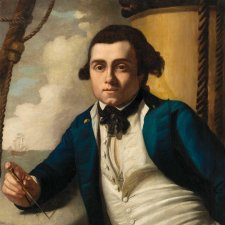
The life of William Bligh offers up a handful of the most remarkable episodes in the history of Britain’s eighteenth and early nineteenth-century maritime empire.
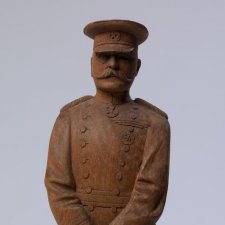
Once central to military strategy and venerated in patriotic households, Lord Kitchener is now largely forgotten.
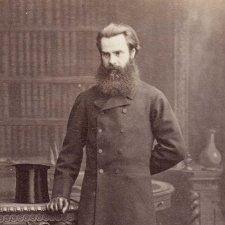
Desperately seeking Woolner medallions
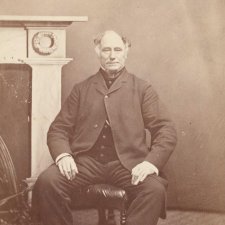
To celebrate his family bicentenary, Malcolm Robertson looks at the portraiture legacy left by his ancestors.
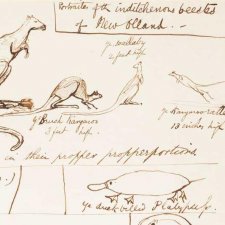
A remarkable undated drawing by Edward Lear (1812–88) blends natural history and whimsy.
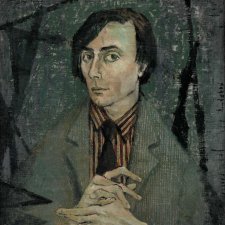
In their own words lead researcher Louise Maher on the novel project that lets the Gallery’s portraits speak for themselves.
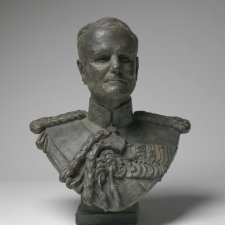
Just now we pause to mark the centenary of ANZAC, the day when, together with British, other imperial and allied forces, the Australian and New Zealand Army Corps landed at Gallipoli at the start of the ill-starred Dardanelles campaign.
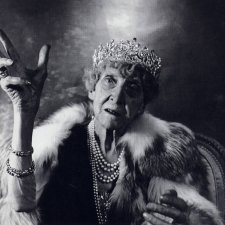
This year (in March) we will celebrate the twentieth anniversary of the formal establishment of the National Portrait Gallery. In the life of institutions, twenty years is not a long time.
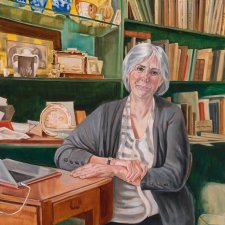
Inga Walton sheds light on a portraiture collection usually only seen by students and teachers at Melbourne University.
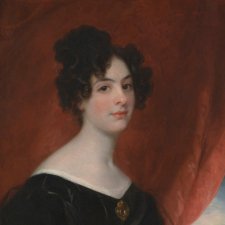
When did notions of very fine and very like become separate qualities of a portrait? And what happens to 'very like' in the age of photographic portraiture?
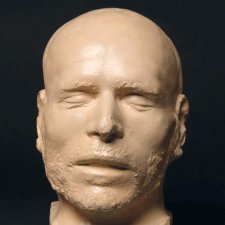
From infamous bushranger to oyster shop display, curator Jo Gilmour explores the life of George Melville.
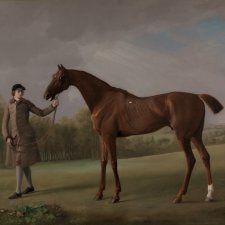
One of the chief aims of George Stubbs, 1724–1806, the late Judy Egerton’s great 1984–85 exhibition at the Tate Gallery was to provide an eloquent rebuttal to Josiah Wedgwood’s famous remark of 1780: “Noboby suspects Mr Stubs [sic] of painting anything but horses & lions, or dogs & tigers.”
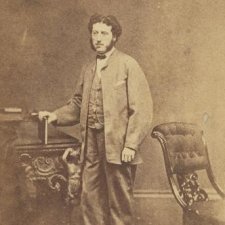
The salacious and sordid details of Henry Kinder’s death transfixed Sydneysiders with a case combining murder with seduction, mesmerism, blackmail and poisoning.
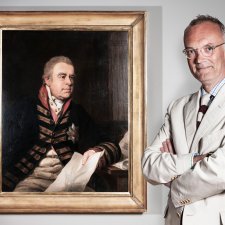
Portraits can render honour to remarkable men and women, but there are other ways.
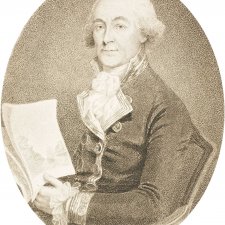
I have been reading systematically through the ads in the earliest issues of the Sydney Gazette and New South Wales Advertiser, such a rich vein of information about certain aspects of daily life in Regency Sydney.
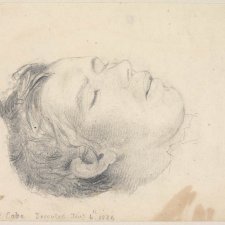
James McCabe provides proof that hanging wasn’t necessarily a fate reserved for the perpetrators of murder and other deeds of darkest hue.